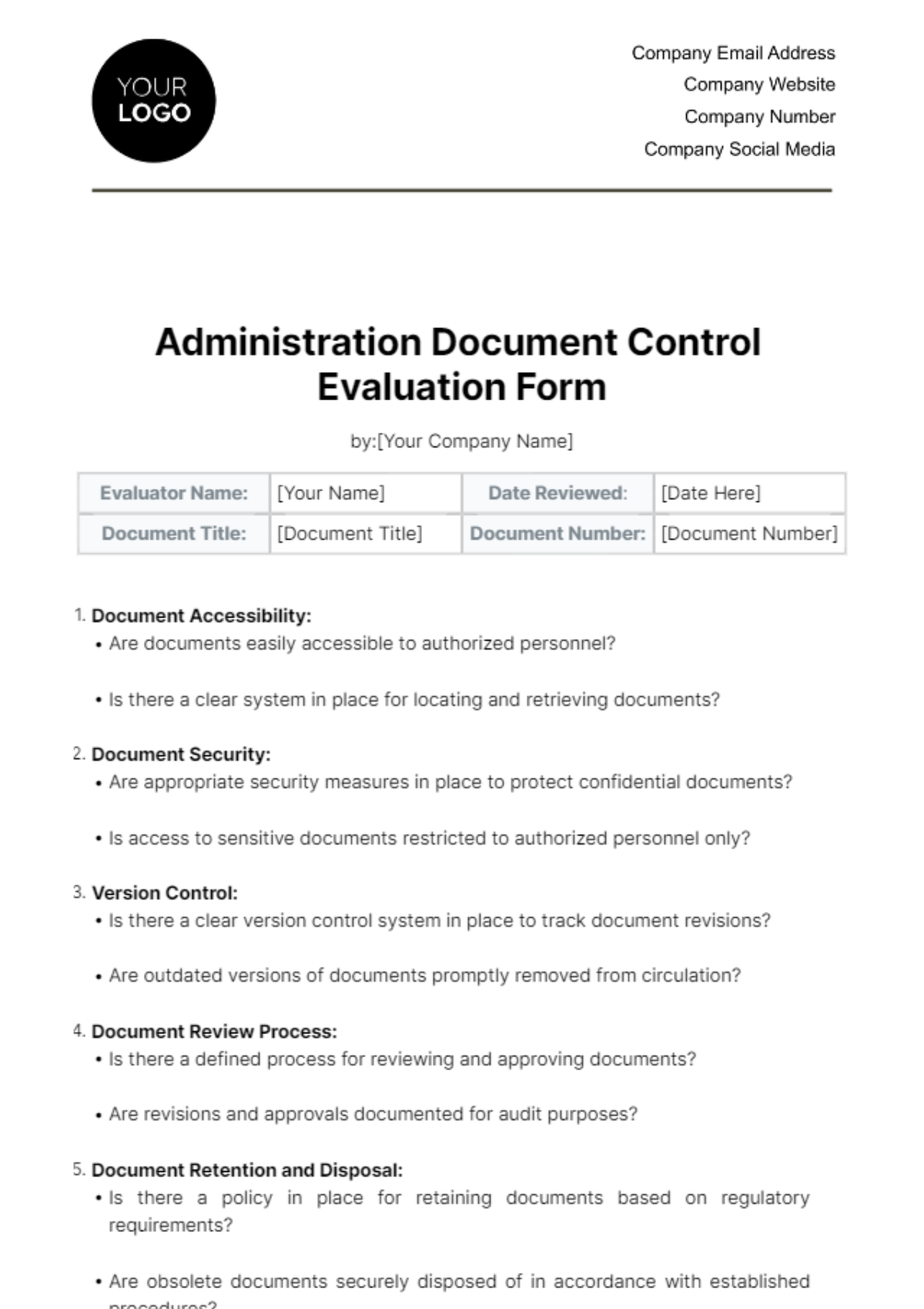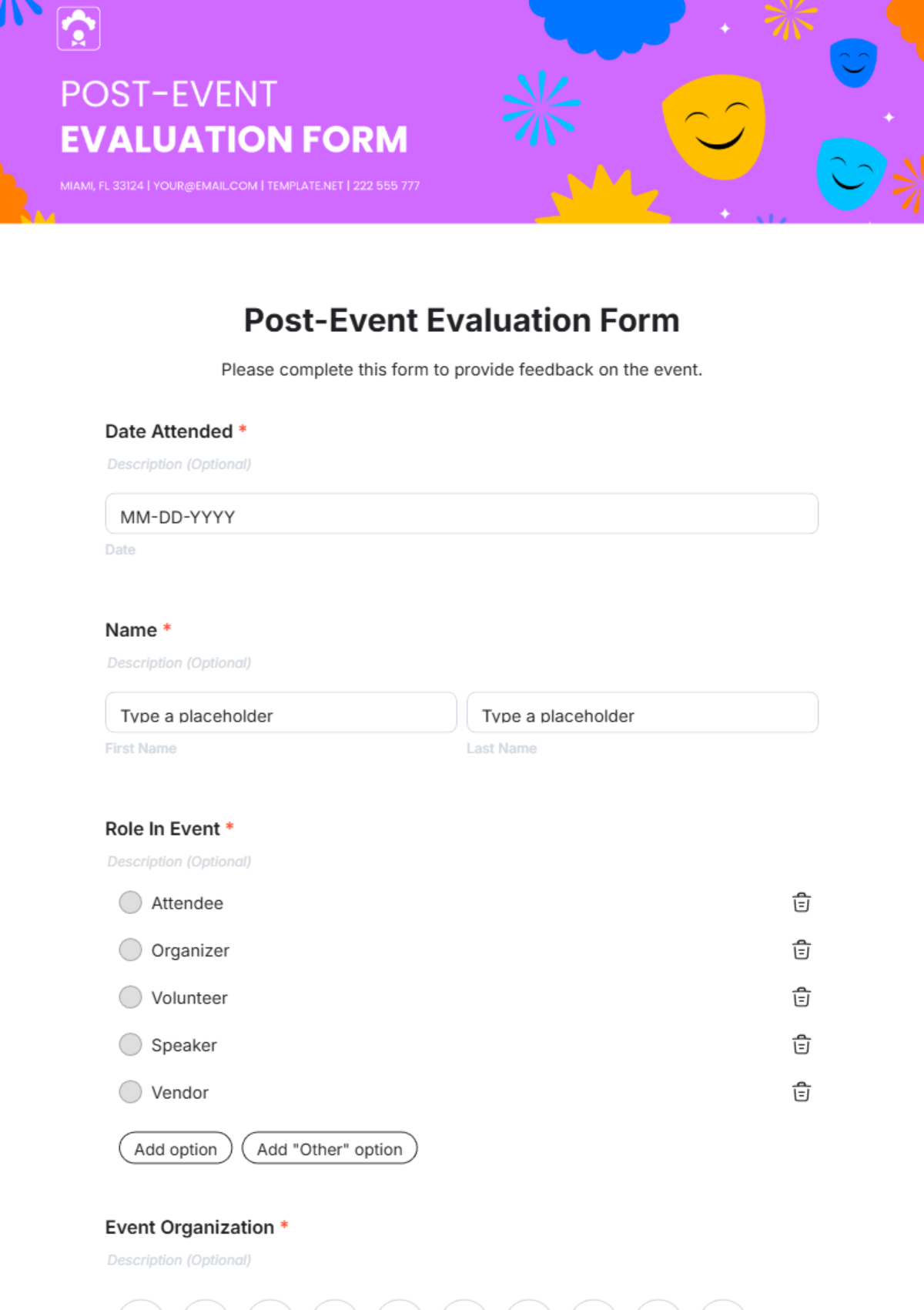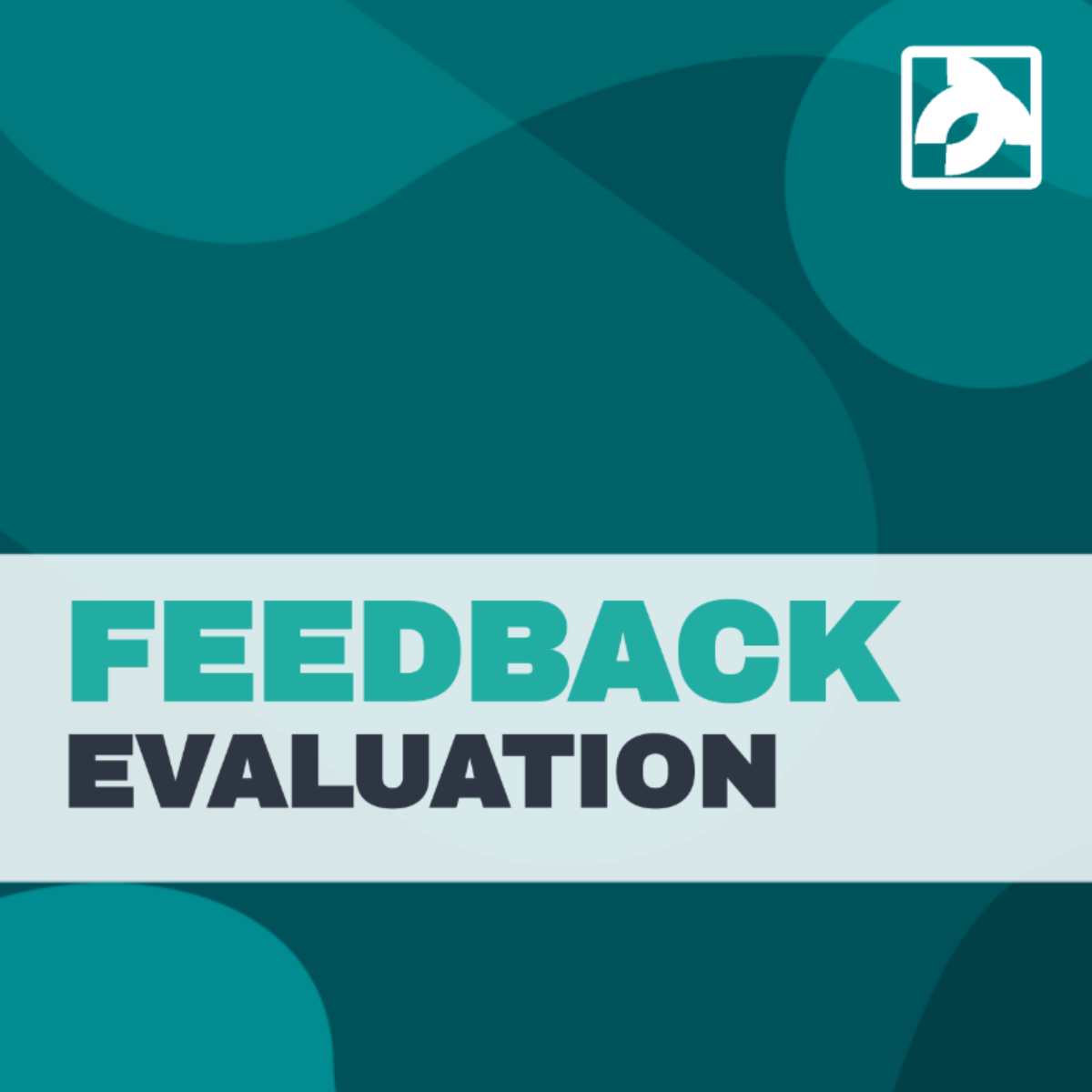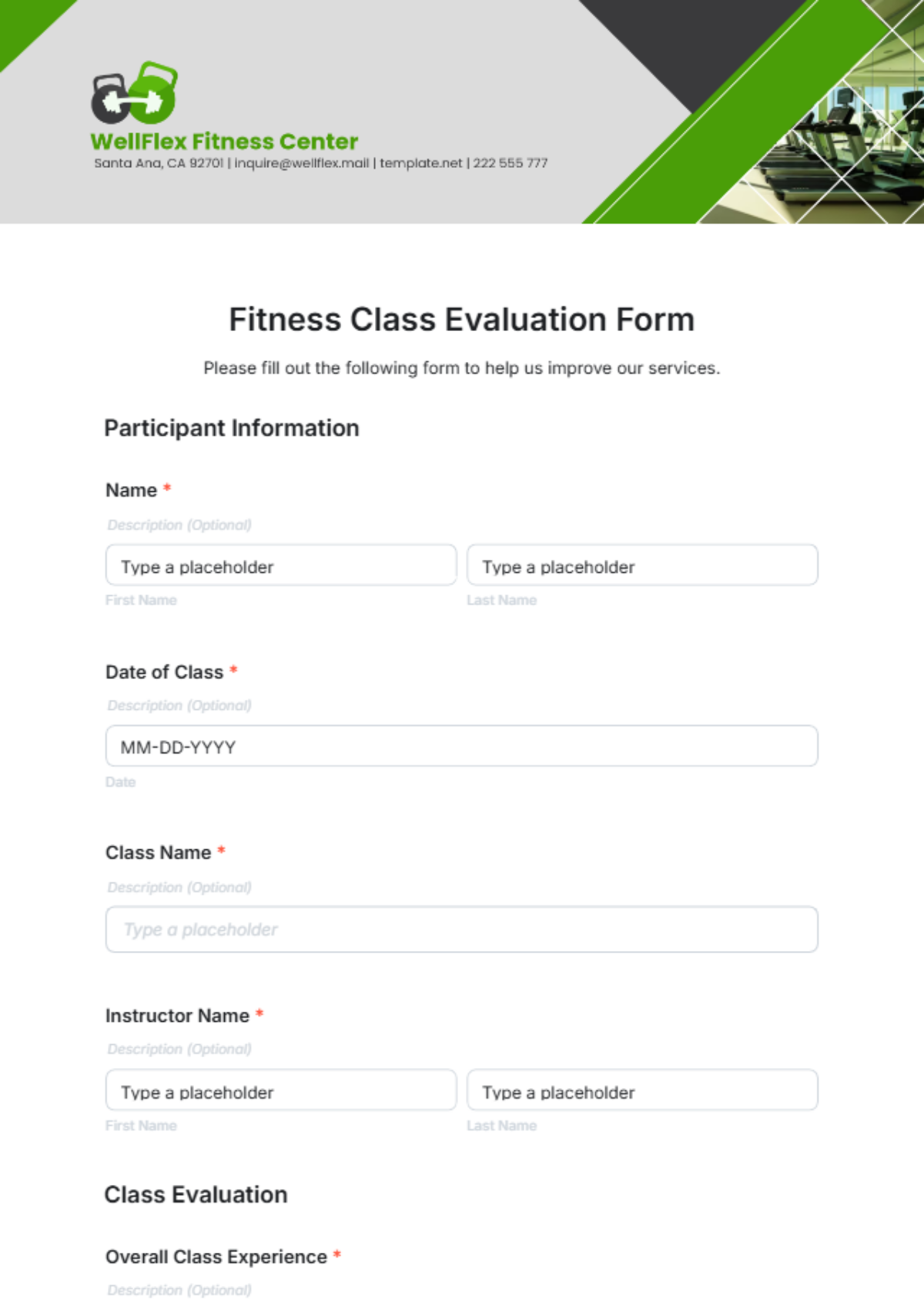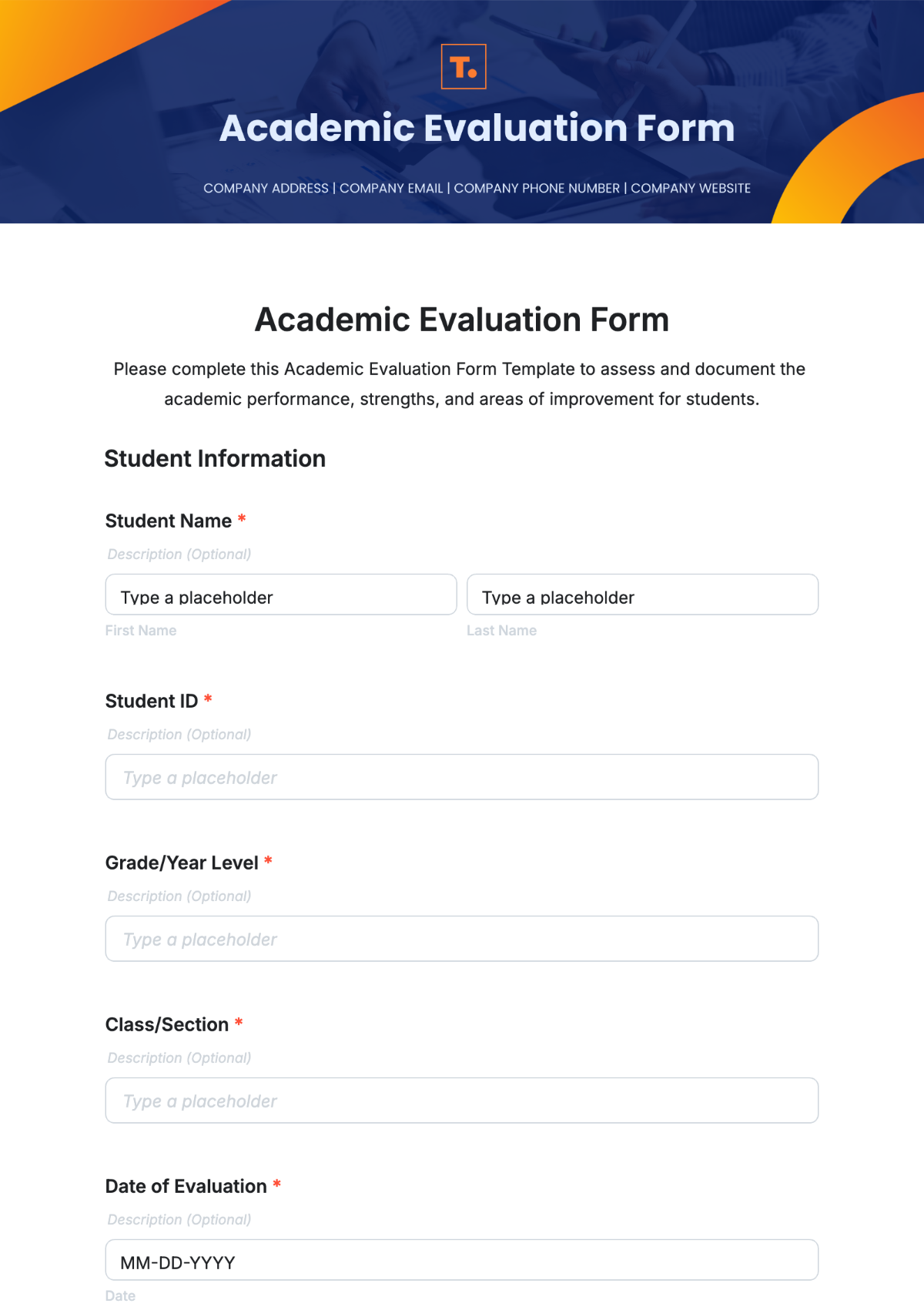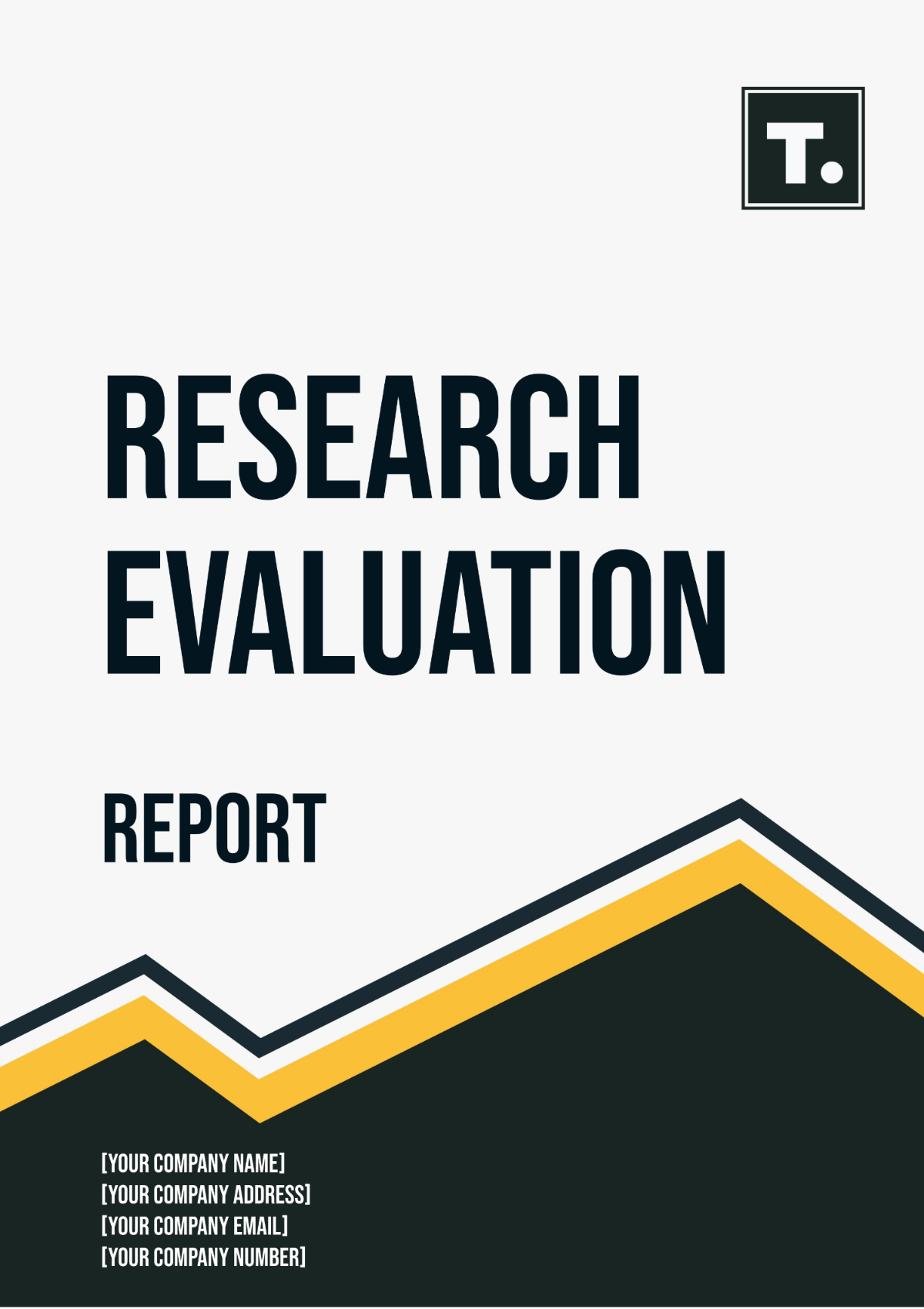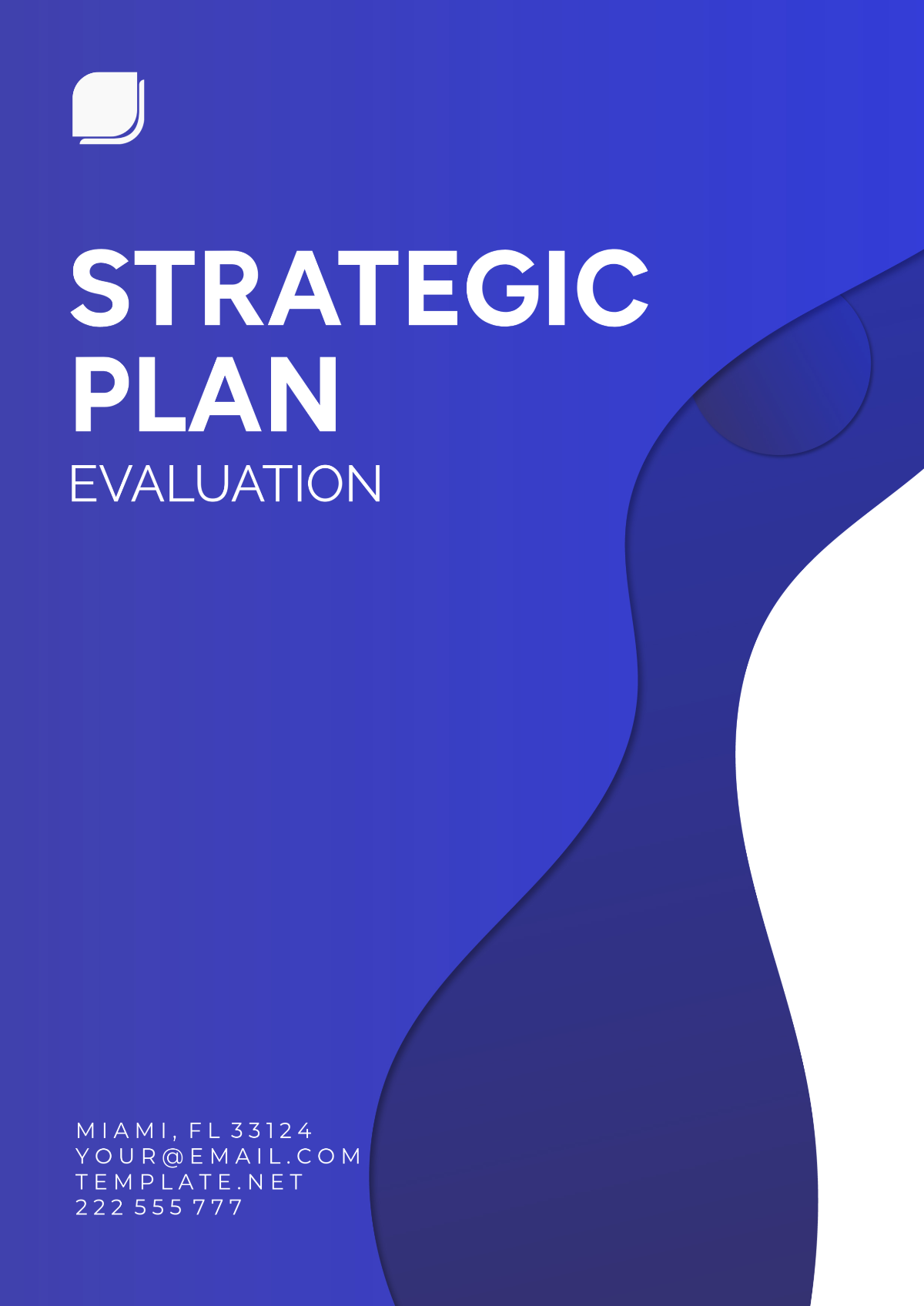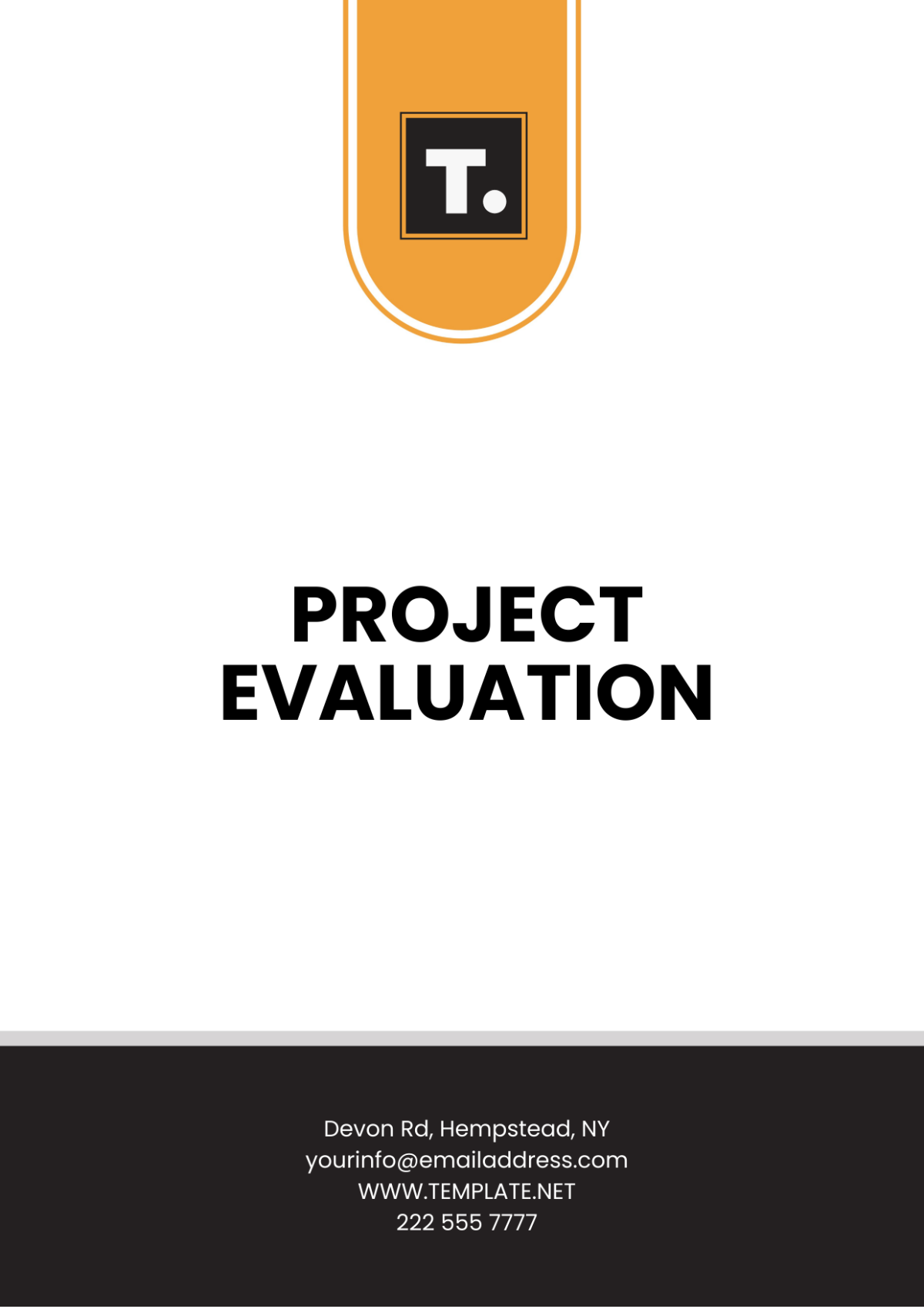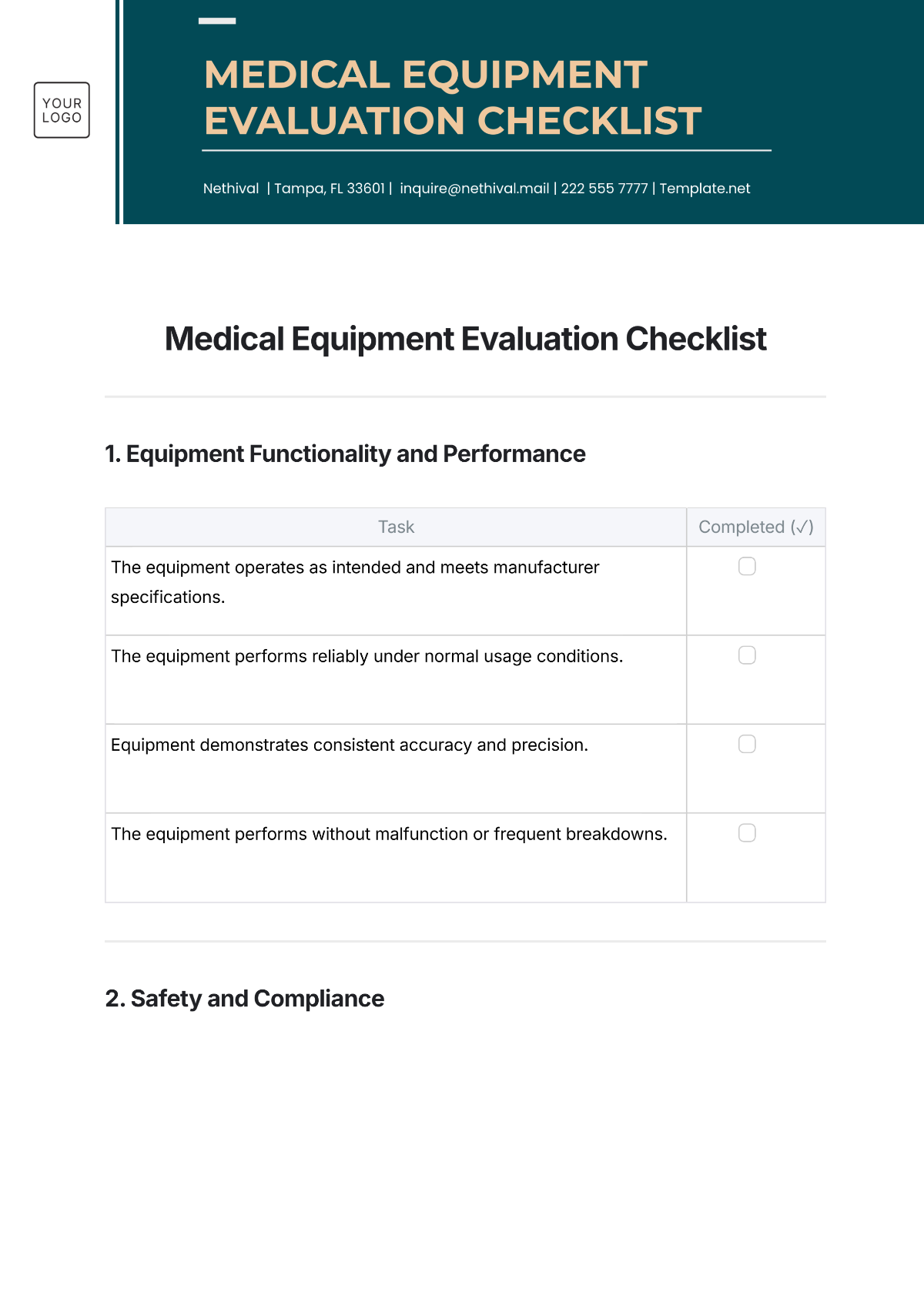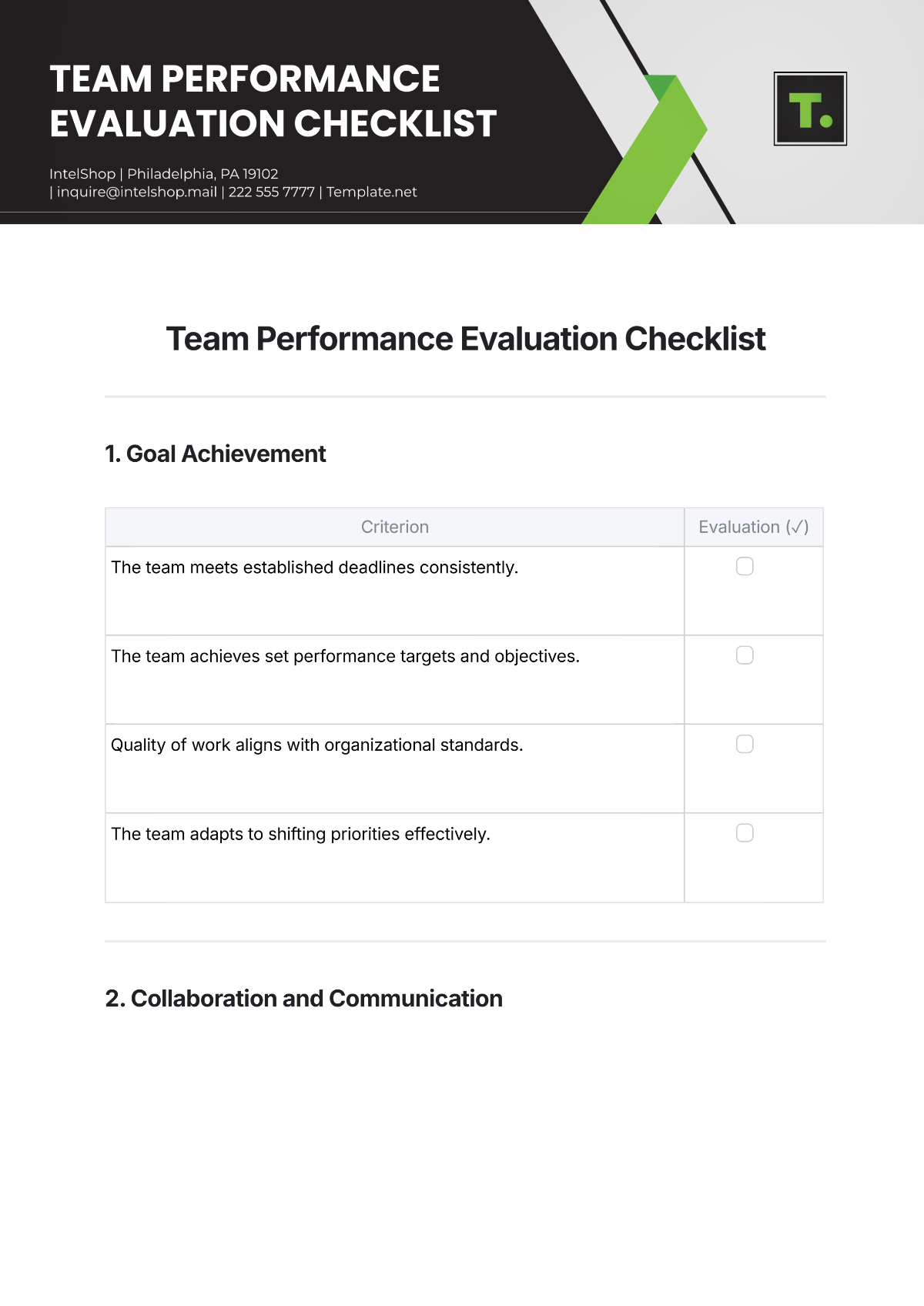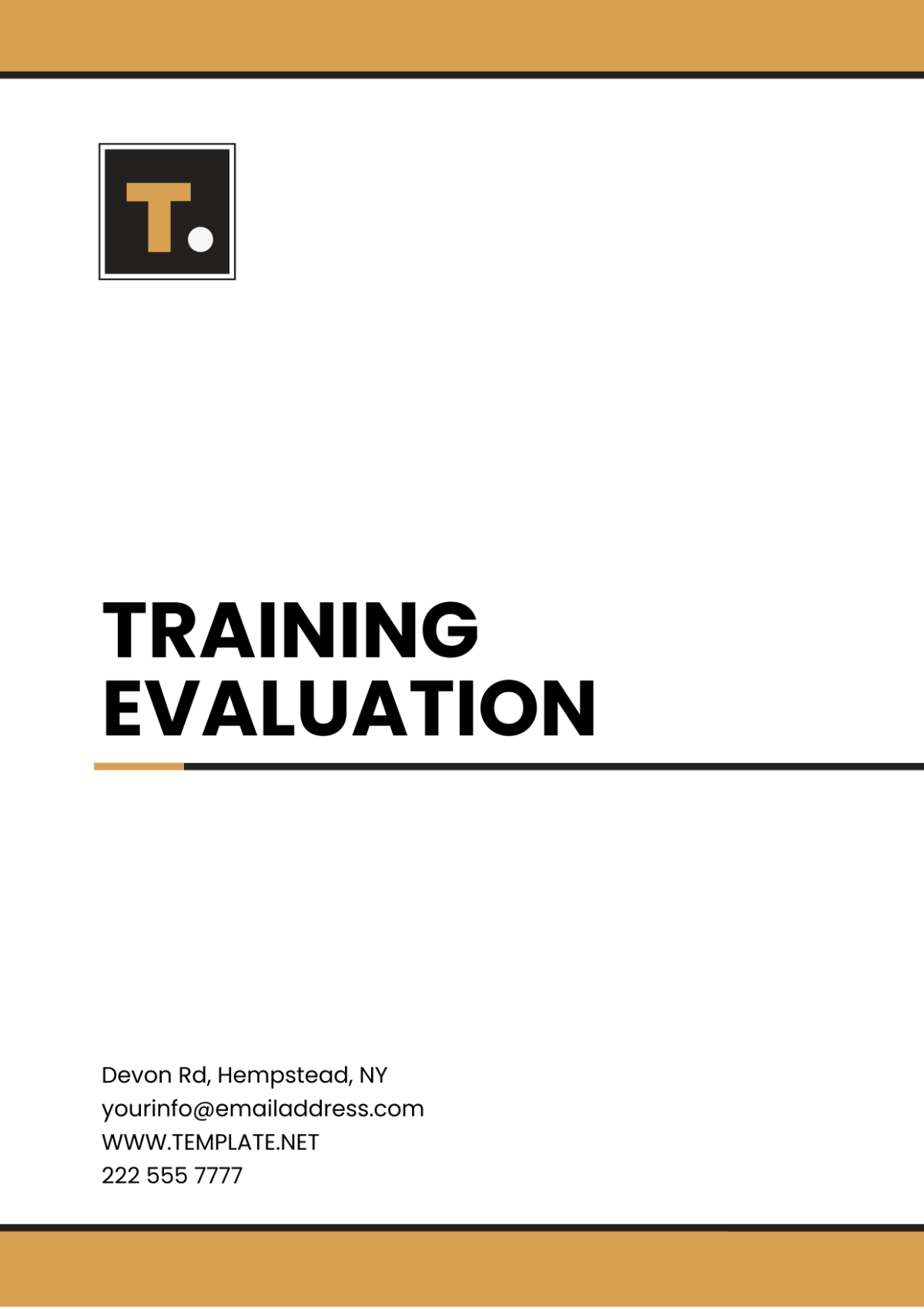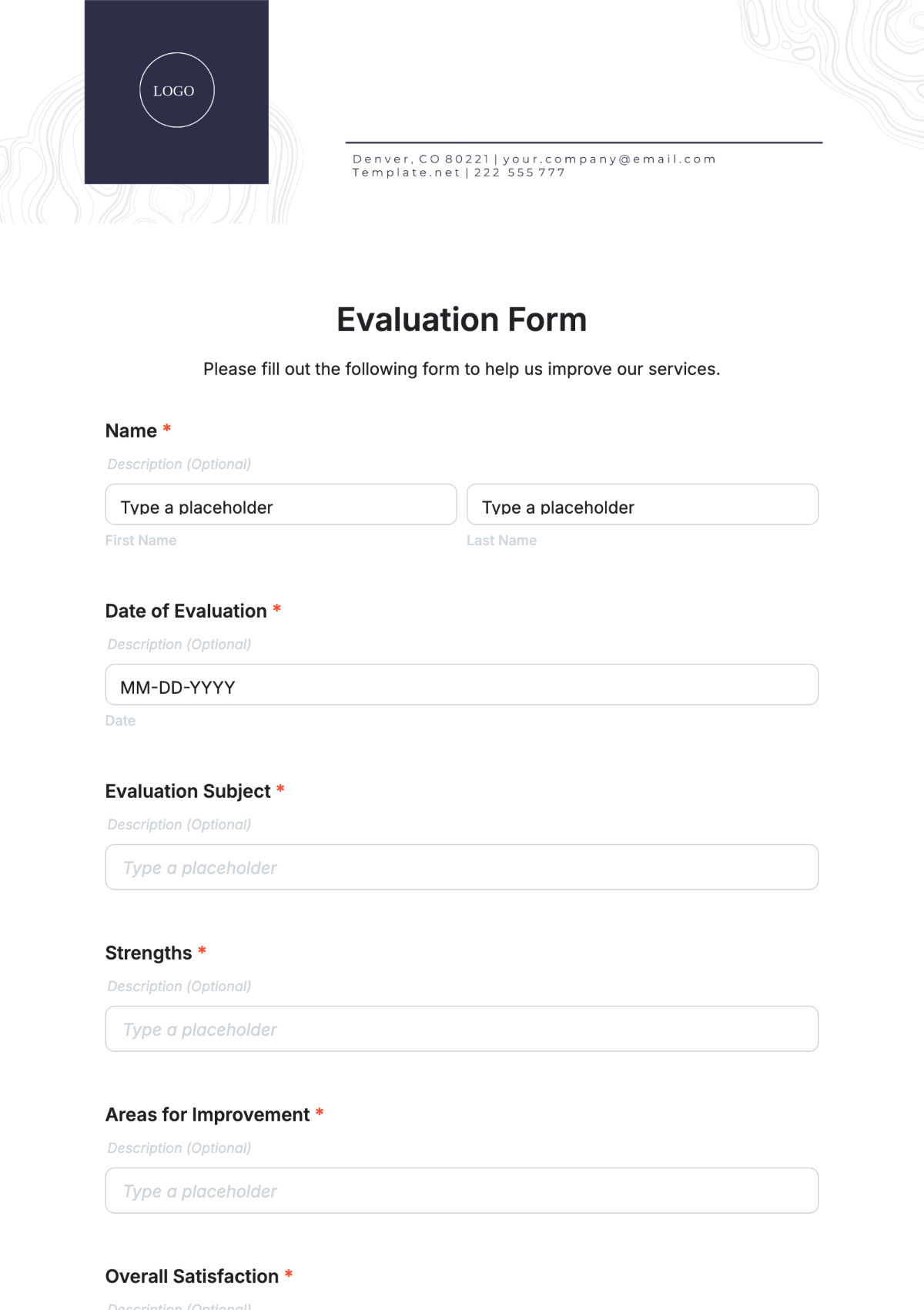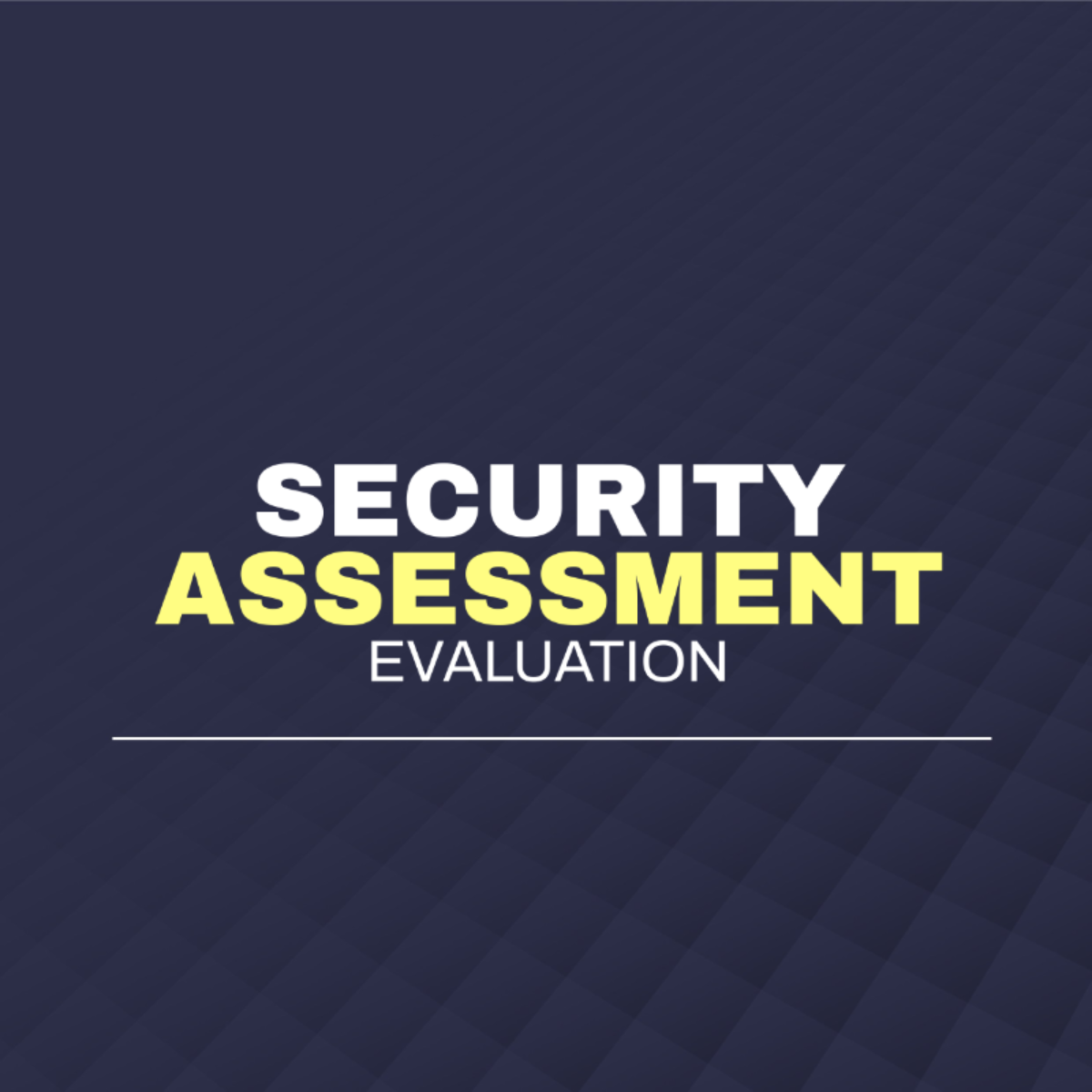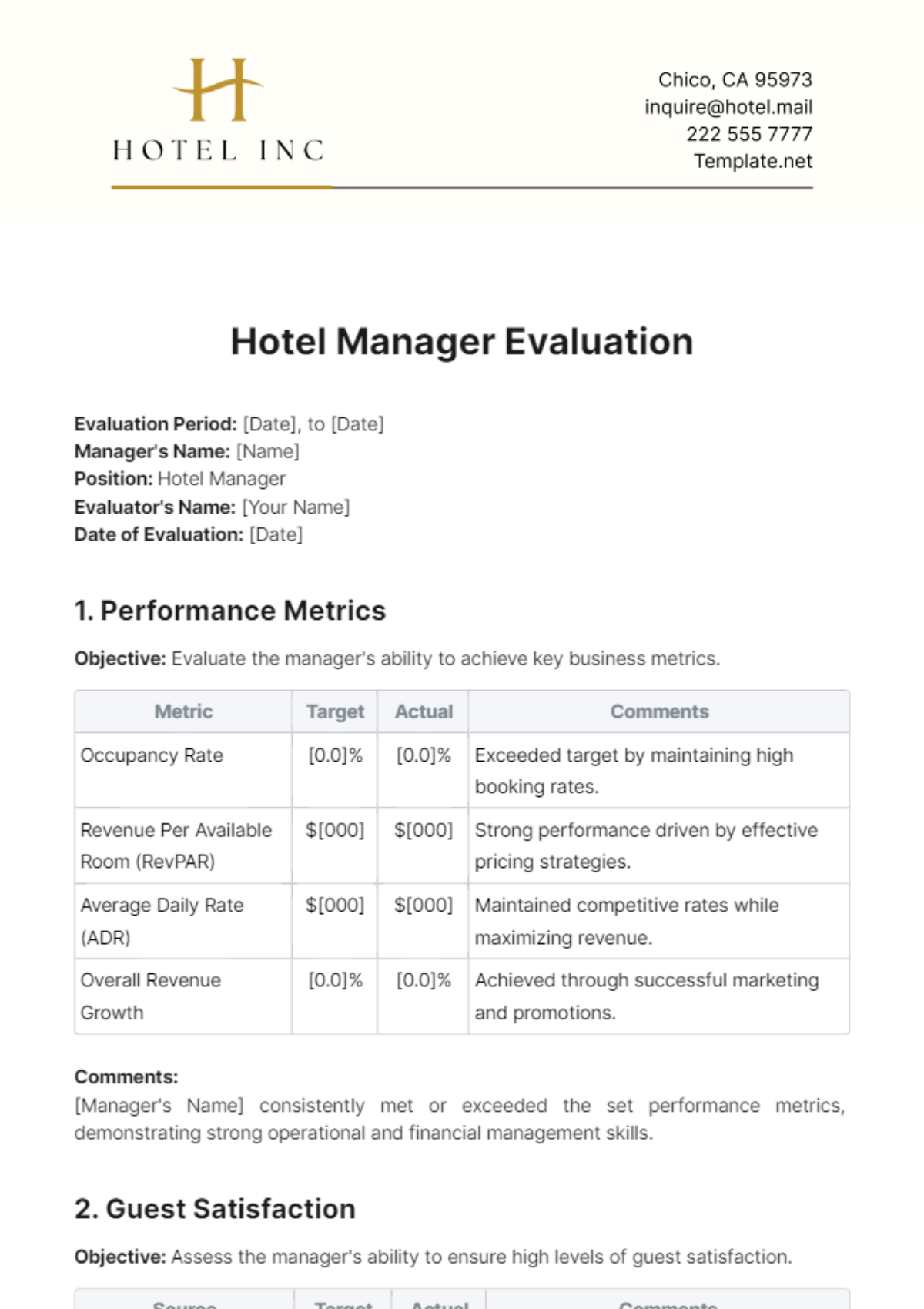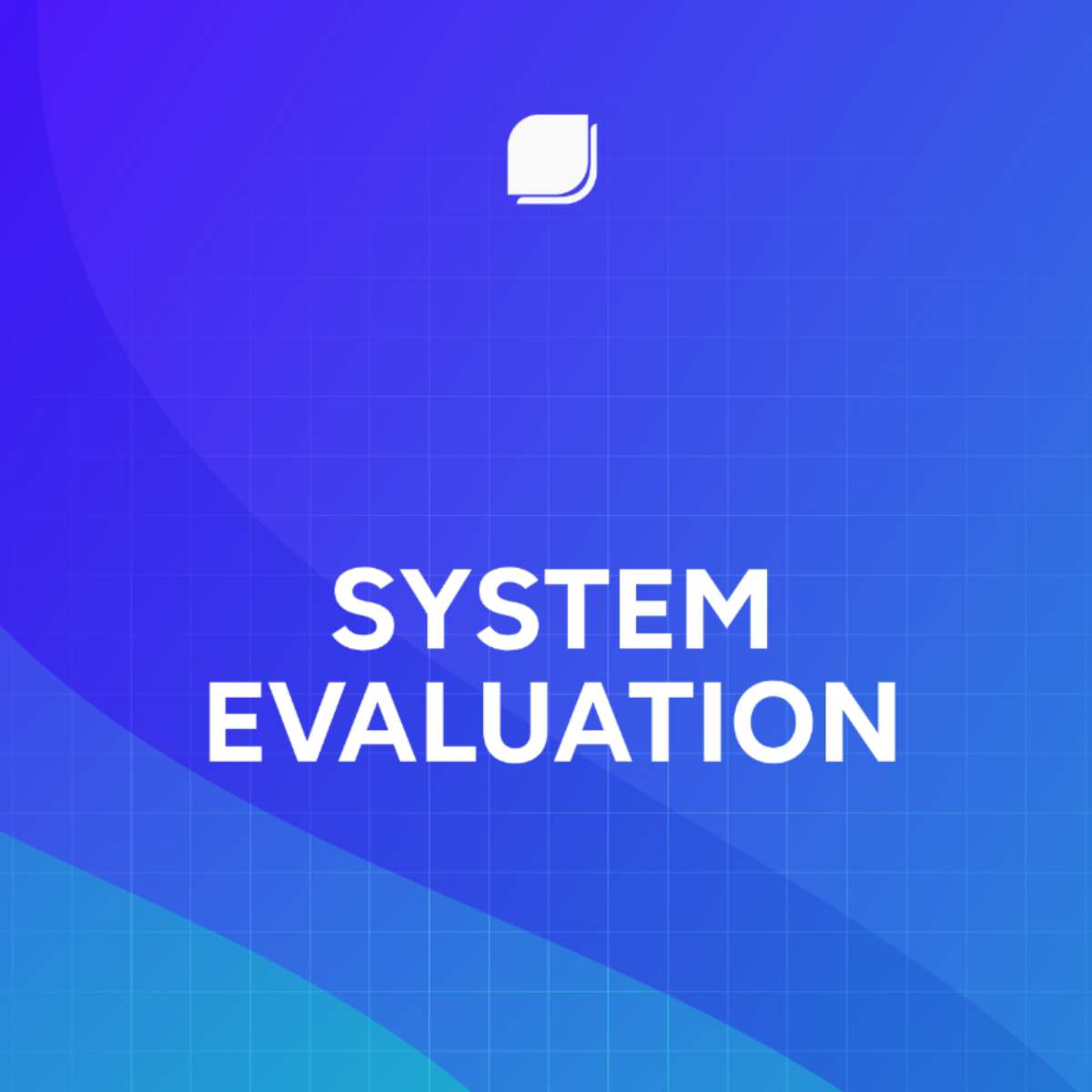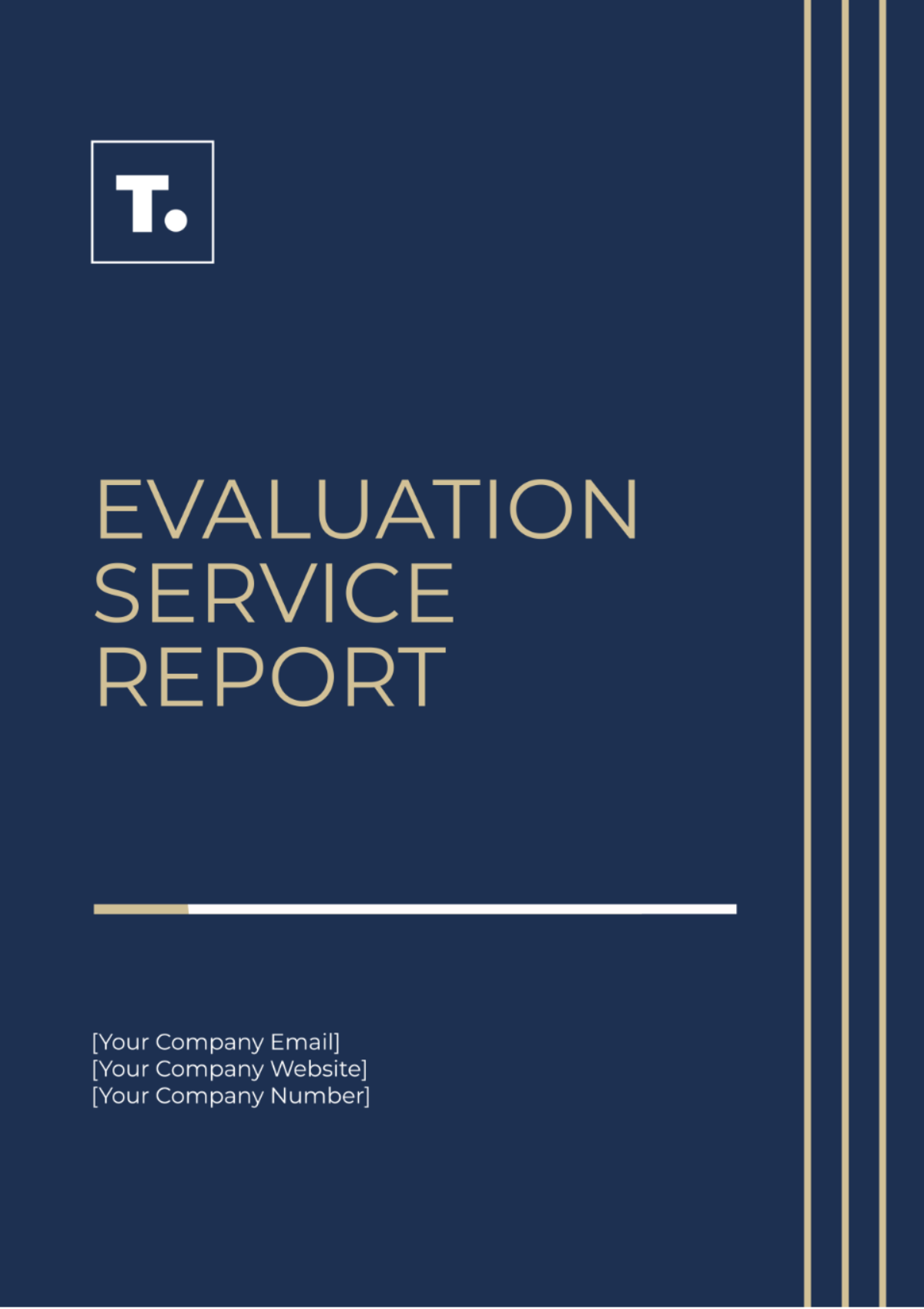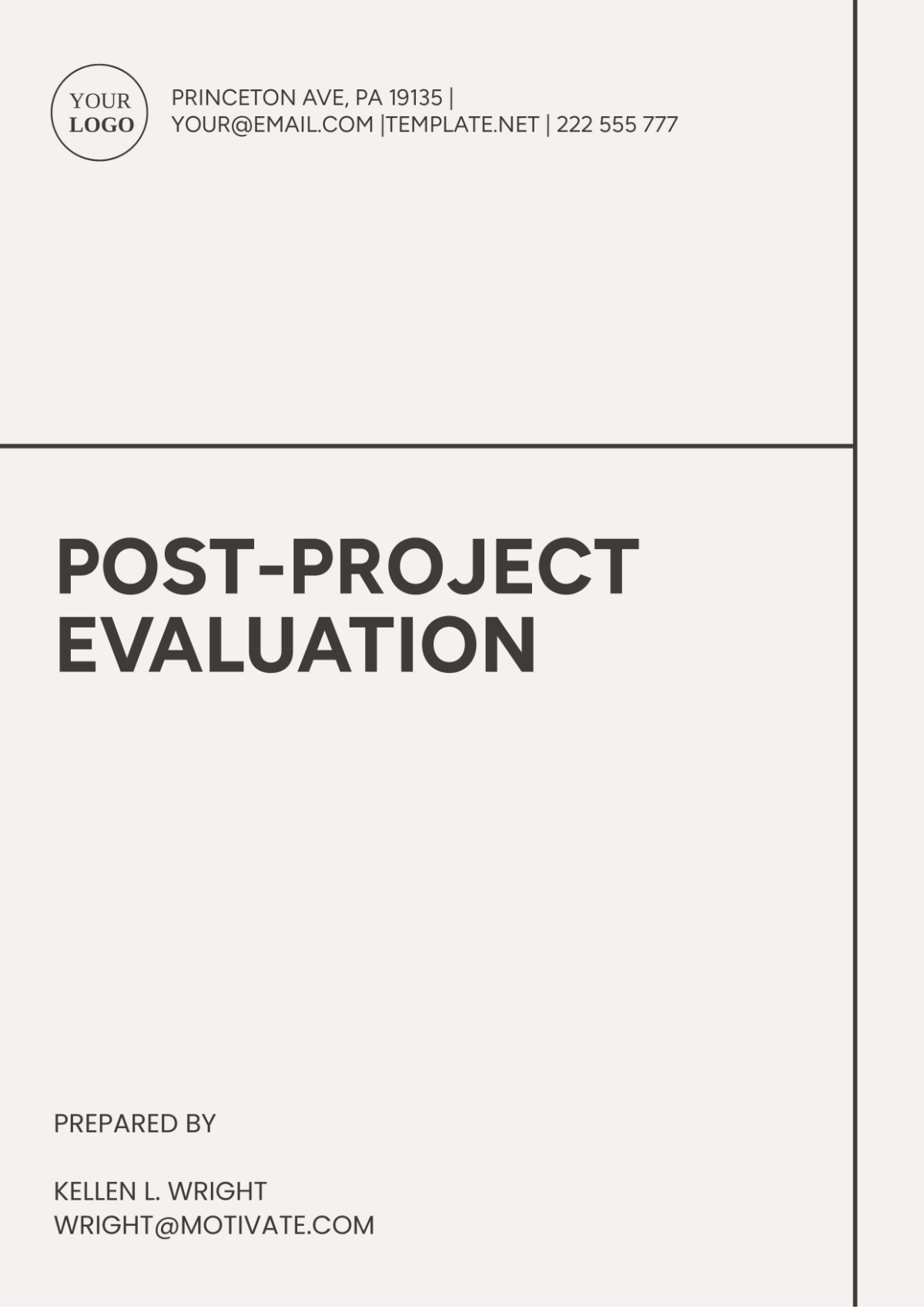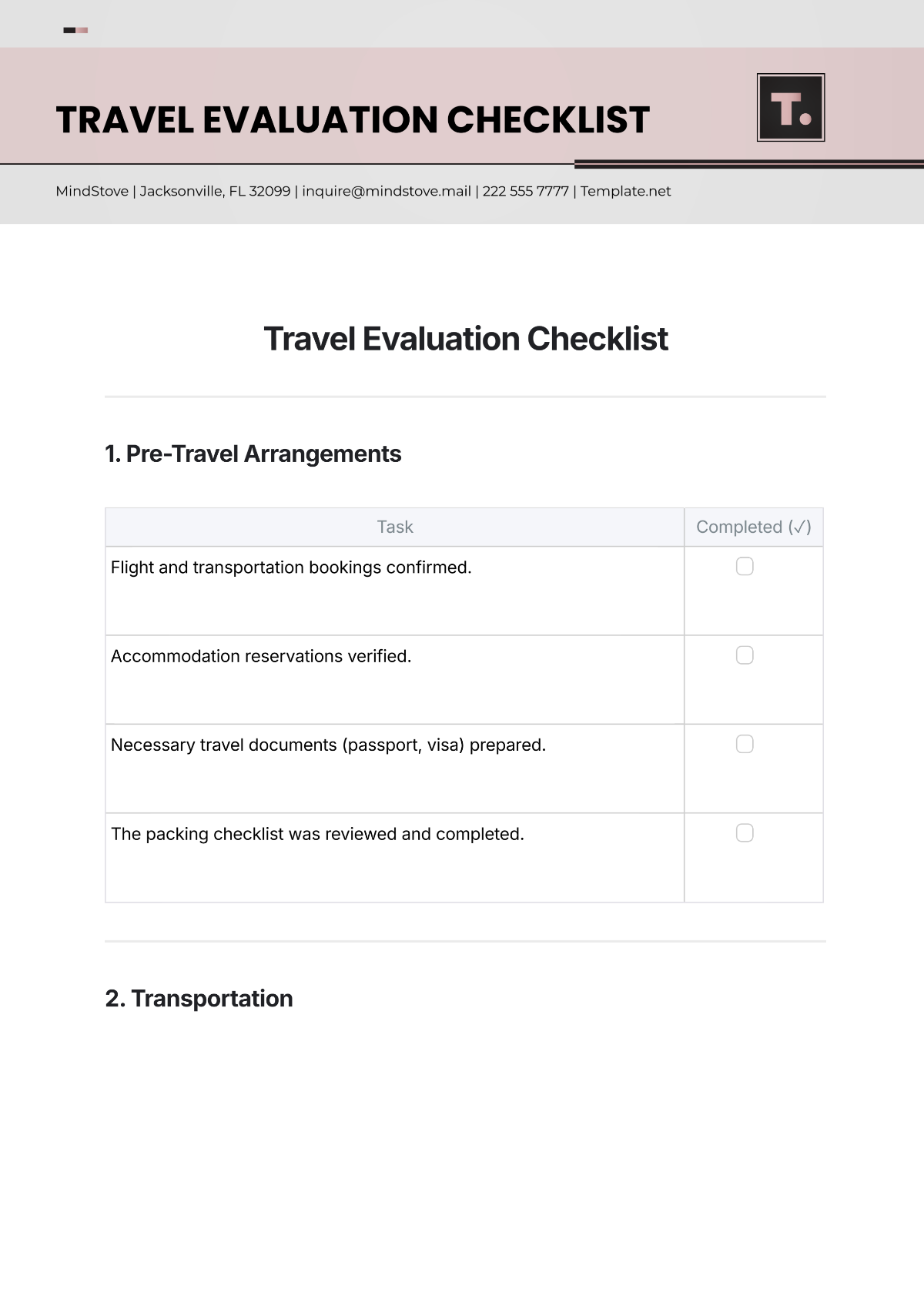Evaluation Methodology
Prepared By: [Your Name]
Company: [Your Company Name]
1. Introduction
This Evaluation Methodology is designed to assess the effectiveness, efficiency, and impact of the Community Health Program aimed at reducing obesity rates among adults in the target community. The evaluation will provide insights into the program's performance, identify areas for improvement, and offer actionable recommendations to enhance future interventions.
2. Objectives
The primary objectives of this evaluation are to:
Assess Program Effectiveness: Determine how well the Community Health Program achieves its goal of reducing obesity rates among adults.
Measure Program Efficiency: Evaluate the use of resources (e.g., funding, staff) relative to the outcomes achieved by the program.
Evaluate Program Impact: Analyze the broader effects of the program on community health and well-being.
Provide Recommendations: Offer suggestions for program improvement based on evaluation findings.
3. Evaluation Criteria
3.1 Effectiveness Criteria
Goal Achievement: Measure the extent to which the program meets its goal of reducing obesity rates by at least 10% within the first year.
Quality of Outcomes: Assess improvements in participants' health metrics, such as BMI reduction and increased physical activity levels.
Stakeholder Satisfaction: Evaluate the satisfaction levels of program participants and community partners through surveys and interviews.
3.2 Efficiency Criteria
Resource Utilization: Analyze the allocation of program funds and staff time relative to the outcomes achieved. Example: Cost per participant and cost per pound lost.
Cost-Effectiveness: Compare the cost of implementing the program with the health benefits gained. Example: Cost of program delivery versus reduction in healthcare costs due to improved health.
Process Efficiency: Assess the efficiency of program delivery, including the timeliness of interventions and participant engagement rates.
3.3 Impact Criteria
Long-Term Effects: Evaluate the sustained impact of the program on obesity rates and overall health in the community after two years.
Unintended Consequences: Identify any unintended positive or negative effects, such as changes in community health behaviors or resource strain on local services.
Overall Contribution: Measure the program’s contribution to broader community health goals, such as reducing healthcare costs or improving quality of life.
4. Methods
4.1 Qualitative Methods
Interviews: Conduct in-depth interviews with program participants, health professionals, and community leaders to gather insights into program effectiveness and areas for improvement.
Focus Groups: Facilitate focus group discussions with participants to explore their experiences and perceptions of the program.
Case Studies: Analyze specific instances of successful or challenging participant experiences to understand the factors influencing program outcomes.
4.2 Quantitative Methods
Surveys: Distribute pre- and post-program surveys to participants to collect data on health metrics, behaviors, and satisfaction. Example questions: “How often do you engage in physical activity?” “What is your current BMI?”
Statistical Analysis: Use statistical techniques to analyze survey data, track changes in obesity rates, and assess correlations between program participation and health outcomes.
Performance Metrics: Measure indicators such as the percentage of participants who achieve their weight loss goals and improvements in physical fitness levels.
4.3 Mixed Methods
Combining Qualitative and Quantitative Approaches: Integrate survey data with qualitative insights from interviews and focus groups to provide a comprehensive evaluation of the program.
5. Data Collection
The table below outlines the data collection tools and procedures used to gather information for evaluating the program’s effectiveness, efficiency, and impact.
Data Collection Aspect | Details |
|---|---|
Data Collection Tools |
|
Data Collection Procedures |
|
6. Analysis
6.1 Analysis Techniques
Descriptive Analysis: Summarize and describe survey responses and health metrics, such as average BMI reduction and physical activity levels.
Inferential Analysis: Use statistical tests to determine the significance of observed changes in obesity rates and health outcomes.
Comparative Analysis: Compare pre- and post-program data to assess changes and improvements. Example: Compare average BMI before and after program participation.
6.2 Data Interpretation
Identifying Trends: Analyze data trends to understand patterns in health improvements and program effectiveness.
Evaluating Results: Assess results against evaluation criteria to determine if the program met its goals and objectives.
Drawing Conclusions: Summarize key findings and insights from the data, highlighting areas of success and opportunities for improvement.
7. Findings
7.1 Summary of Results
The following table provides a concise overview of the program's performance, highlighting key metrics related to its effectiveness, efficiency, and impact.
Criteria | Details |
|---|---|
Effectiveness | Achieved a 12% reduction in obesity rates among participants, surpassing the goal of 10%. Participants reported significant improvements in health metrics and increased physical activity levels. |
Efficiency | Cost per participant was $200. The total program cost was $50,000. Demonstrated cost-effectiveness by reducing healthcare costs associated with obesity by an estimated $75,000. |
Impact | Contributed to improved community health with sustained reductions in obesity rates and positive changes in health behaviors. Unintended consequence: increased demand for local fitness facilities. |
7.2 Detailed Analysis
Quantitative Results: The average BMI reduction among participants was 2.5 points. Survey data indicated a 40% increase in weekly physical activity.
Qualitative Insights: Interviews revealed high levels of participant satisfaction, with many noting improvements in overall well-being and energy levels.
8. Recommendations
Improvement Suggestions: Enhance program outreach to increase participation rates and provide additional resources for ongoing support.
Future Considerations: Consider expanding the program to include additional health topics, such as nutrition education and stress management.
Strategic Changes: Adjust program delivery to address any identified inefficiencies and improve participant engagement.
9. Conclusion
9.1 Summary of Evaluation
Overall Assessment: The Community Health Program effectively reduced obesity rates and improved participant health. The program demonstrated efficiency in resource utilization and had a positive impact on community health.
Key Takeaways: The program achieved its objectives and provided valuable insights into successful strategies and areas for improvement.
9.2 Implications for Future
Strategic Implications: The findings will inform future health programs and interventions, guiding the development of strategies to further reduce obesity rates and enhance community health.
Long-Term Impact: The program’s success in reducing obesity rates and improving health outcomes suggests a strong potential for long-term benefits and sustainability.






